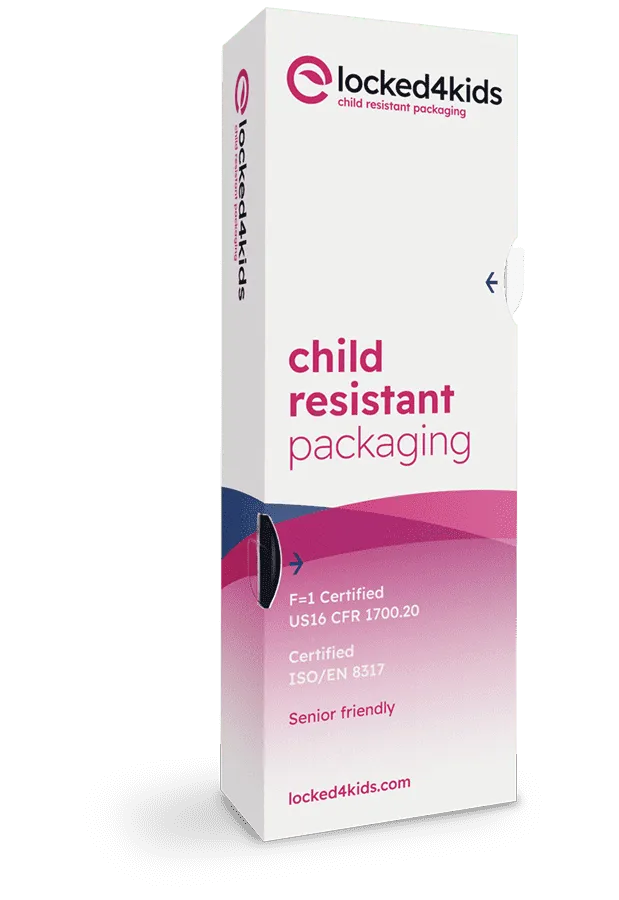Packaging plays a crucial role in protecting and preserving products in today’s customer-driven world. Today, carton packaging has emerged as one of the most popular choices for a wide range of industries. From food and beverages to cosmetics and electronics, packaging carton is an ideal solution with several benefits. In this blog post, we will elaborate on the definition of carton package, its advantages and common uses.
Carton packaging, what is it?
When we talk about carton packaging, it is important to understand that not all boxes are cartons. So, what sets carton packaging apart? Carton packaging, a ubiquitous term in the packaging industry, refers to a container or box made from paperboard, also known as carton board. This versatile solution has permeated a multitude of industries. The reason being its adaptability to various sizes, shapes, and complexity levels. Customized to meet specific product requirements, carton packaging has witnessed significant evolution, driven by the growing need for efficient and reliable packaging solutions. From safeguarding delicate electronics to housing delectable food and beverages, the applications of carton packaging are far-reaching and ever-expanding. Other boxes, such as heavy-duty corrugated boxes or wooden boxes, are generally not considered cartons in the industry. The growing need for efficient and reliable packaging solutions has led to a great evolution over the years.
Evolution of packaging carton
The evolution of carton packaging has its roots in the mid-19th century. During the industrial revolution, the innovation in paper production, notably with the invention of the Fourdrinier machine, was a game-changer. However, it was Charles Henry Foyle who is credited with inventing the carton box in the 1840s. He devised a method of cutting paper that allowed it to be folded into a box. Initially, these carton boxes were held together using strings and tacks, a laborious and expensive process. As such, it was reserved for luxury items like jewelry.
A groundbreaking development occurred in 1879 when Robert Gair discovered that his printing press could be modified to mass-produce carton boxes. This ushered in a new era for the industry of packaging carton. The traditional bulk packaging methods were soon replaced with more efficient carton packaging. For instance, the Quaker Oats Company replaced bulk packaging for oats with cardboard containers. The carton not only protected the products but also extended their shelf life. Furthermore, it provided a canvas for branding and marketing, revolutionizing the way products were presented to consumers. Today, the focus on sustainability continues to shape the development of carton packaging, with innovations aimed at reducing environmental impact.
What are the advantages of a carton package?
So, a carton is essentially a folding box made from paperboard. To create a carton, the paperboard undergoes several processes such as cutting, folding, lamination, and printing. Once formed, these cartons are sent flat to manufacturers, who fill them with products. This customization to suit the specific requirements of products is one of the key advantages of carton packaging. The term "carton" might sometimes be used interchangeably with terms like paperboard boxes, chipboard boxes, or folding carton boxes. These diverse names reflect the versatility.
Accordingly, packaging of carton offers several advantages, from its versatility and eco-friendliness to its protective qualities and marketing opportunities. Let’s explore these advantages in detail.
Versatility
Carton packaging can be customized to meet the demands of various industries, ranging from food and beverages to cosmetics, pharmaceuticals, or electronics. Their customizable nature makes them an efficient and reliable packaging solution.
Eco-friendly
Sustainability is more important than ever. Carton, being made from renewable resources and being recyclable and biodegradable, aligns with the values of these consumers. This green approach to packaging supports circular economy initiatives and can be a selling point for products.
Protection and safety
Besides its versatility and eco-friendly elements, it also offers excellent protection and safety. An emerging trend is the incorporation of anti-theft and anti-counterfeit measures. Companies are increasingly using technologies such as RFID (radio frequency identification) and embedded barcodes in cartons to deter counterfeiters and ensure product authenticity. This is especially important in industries like pharmaceuticals and electronics, where product integrity is paramount.
Attractive to buyers
One of the key aspects that make carton packaging attractive to buyers is the generous space it provides for branding and marketing. Manufacturers can utilize this space to display logos, product information, promotional messages, and eye-catching designs. This allows manufacturers to effectively communicate their brand identity, which in the long term enhances brand visibility and recognition. The role of modern packaging techniques is pivotal in achieving this.
Cost-effectiveness
Both for manufacturers and retailers, carton packaging is often a cost-effective solution. It can easily be filled and sealed using automated machinery, streamlining the packaging process and reducing labor costs. Furthermore, the material is lightweight, making it easy to stack and save valuable warehouse space. This is particularly beneficial for retailers and manufacturers looking to optimize storage and transportation.
Challenges of using packaging carton boxes
Despite their many benefits, carton boxes also have their downsides. They are not suitable for extremely heavy items. Furthermore, if the wrong carton size or insufficient padding is used, the box may not effectively protect the contents. Carton boxes can also deform under pressure and may be crushed, dented, or damaged under certain conditions. They are not weatherproof and cannot withstand conditions like rain or snow. Additionally, unlike returnable or reusable containers such as hard plastic shipping containers, the need for new cardboard boxes is ongoing. This could be a disadvantage in terms of cost and sustainability.
Common uses of carton packaging
Today, carton packaging finds extensive use across various industries due to its numerous advantages. The most popular applications of this type are:
· Food and beverage industry
· Pharmaceuticals and healthcare
· Electronics and technology
· Cosmetics and personal care
· Cleaning products
· Retail
So, packaging carton is very versatile and a sustainable way of packaging. It is the way forward, so trust Ecobliss for your carton packaging needs.
Request a free sample now!





.png)





